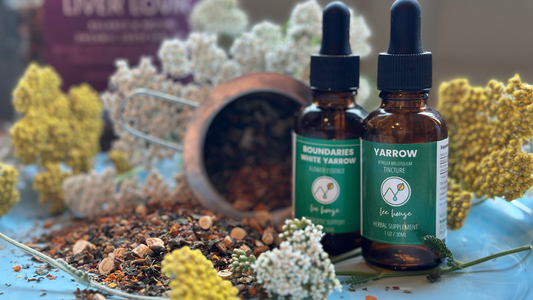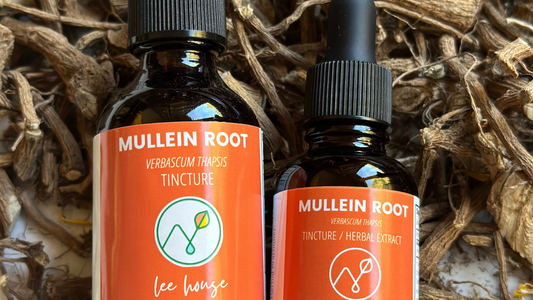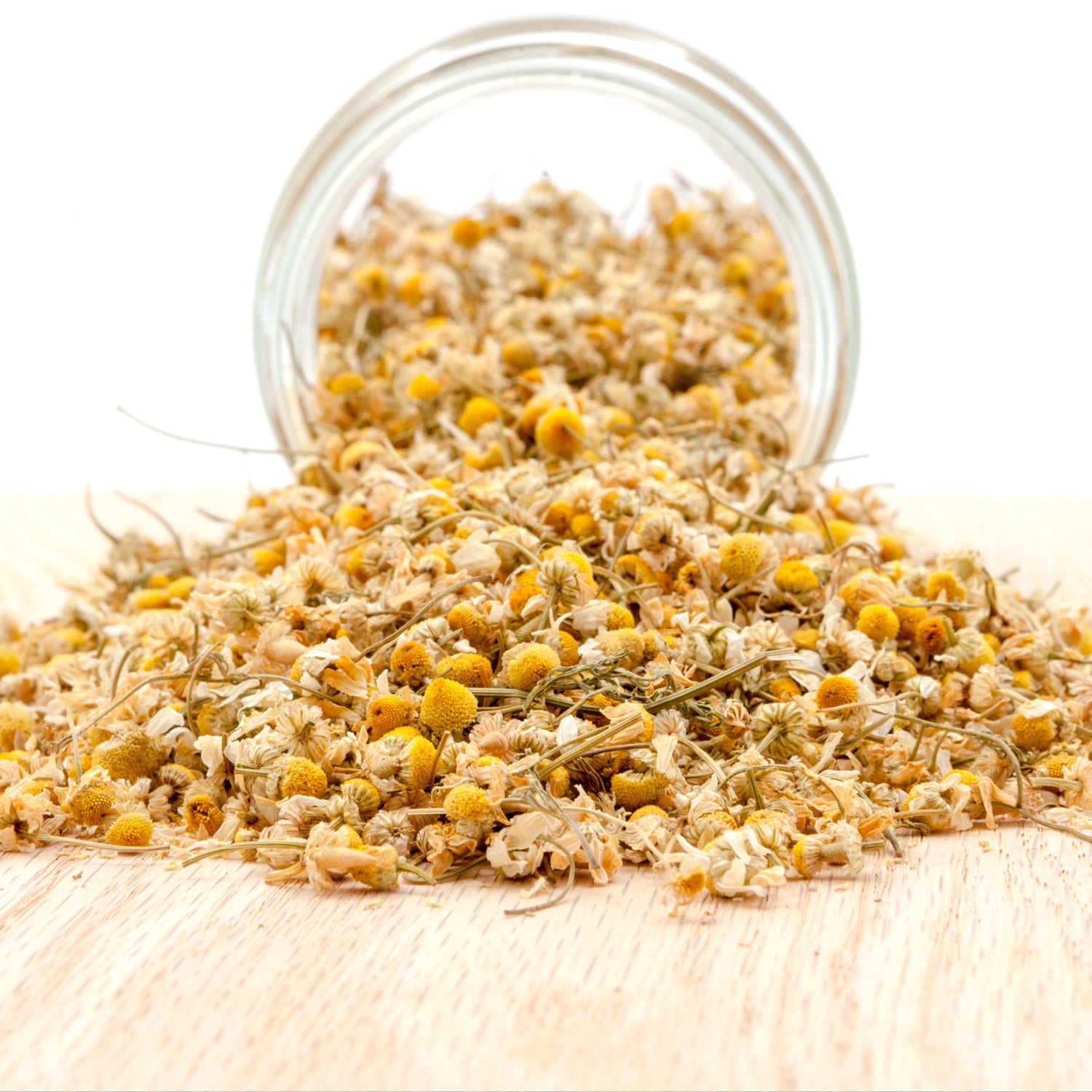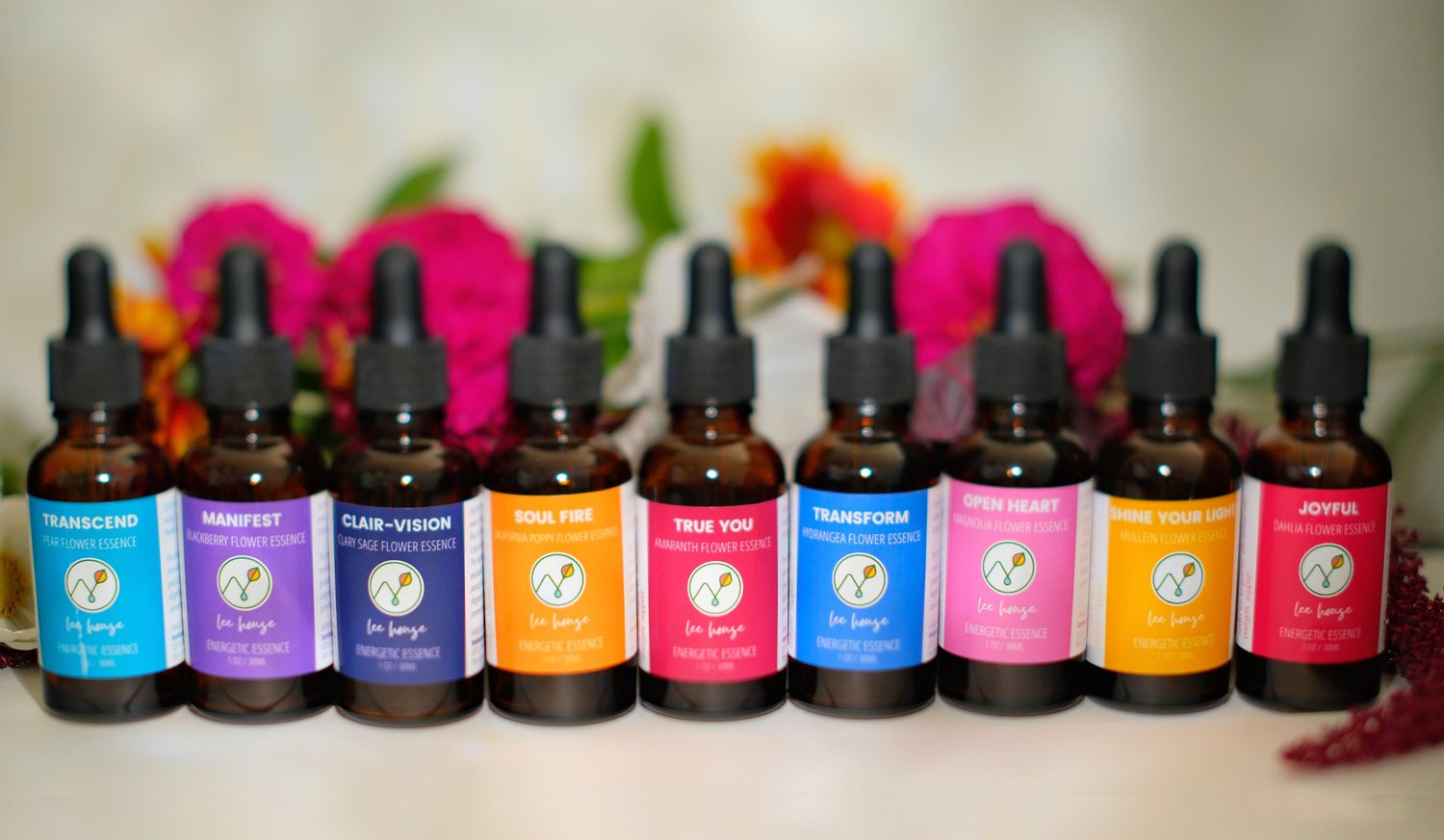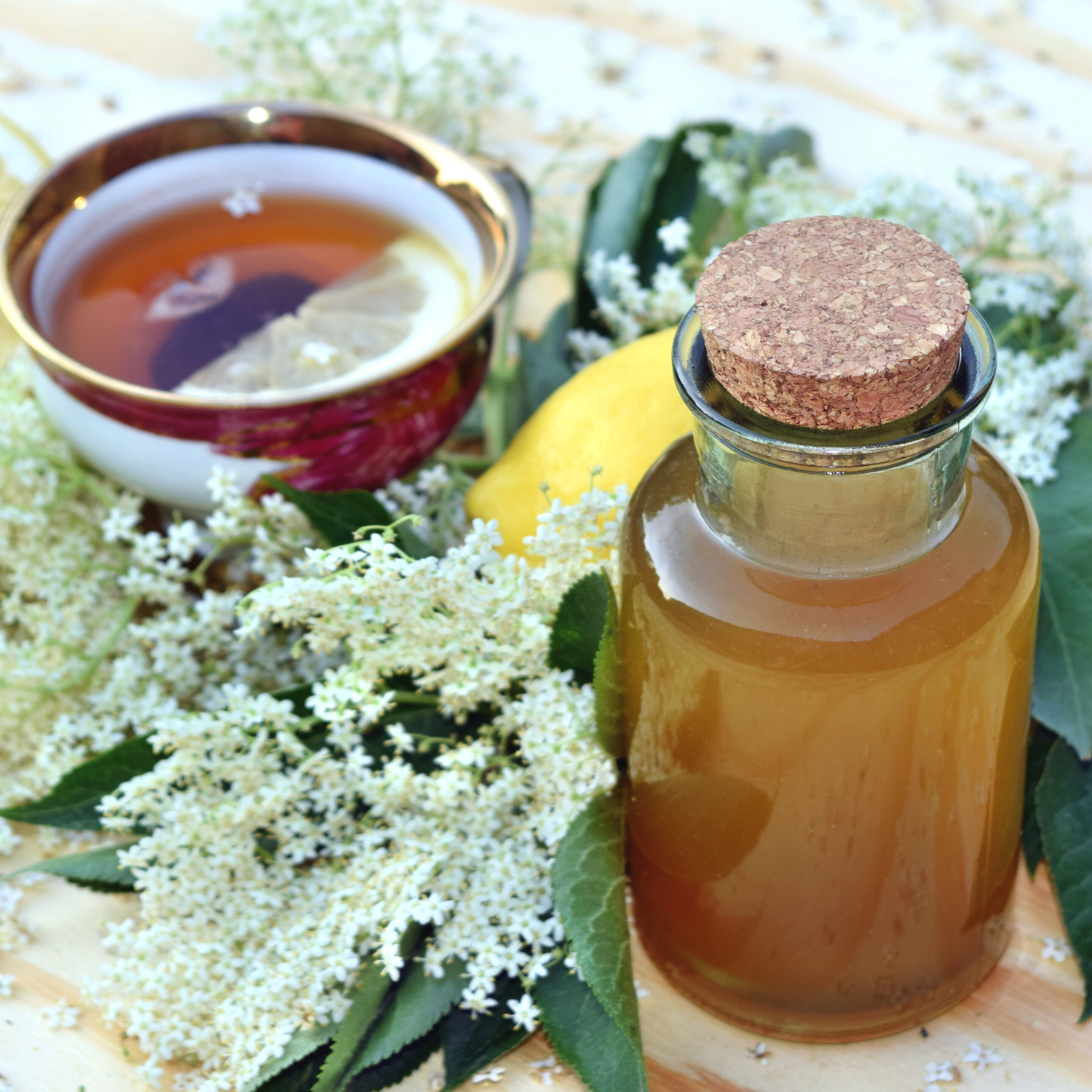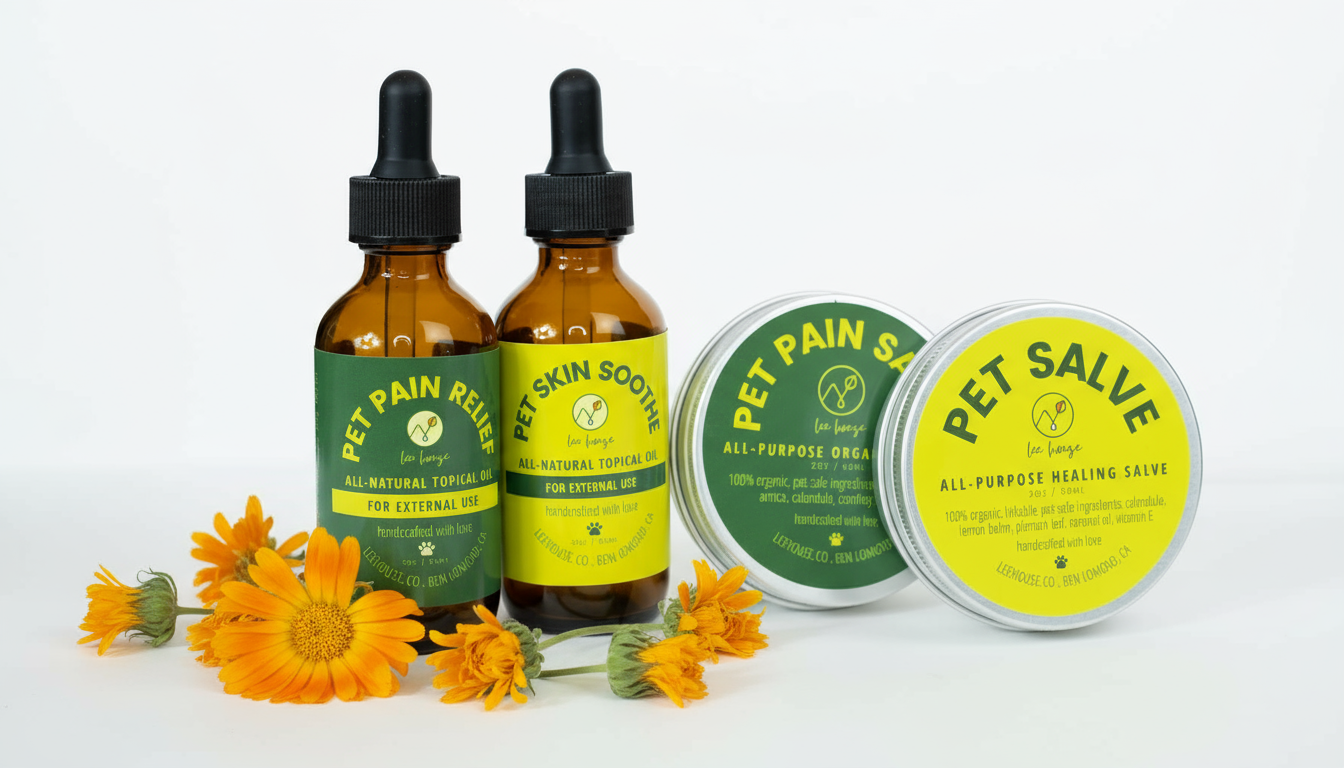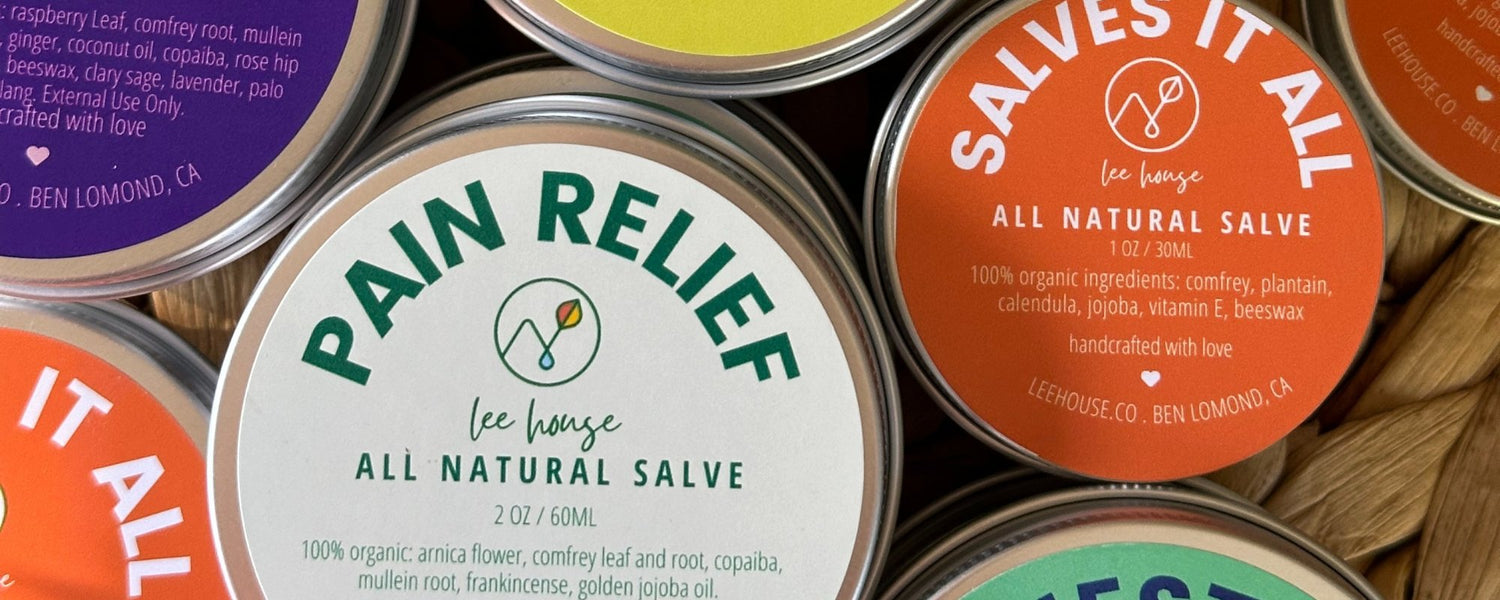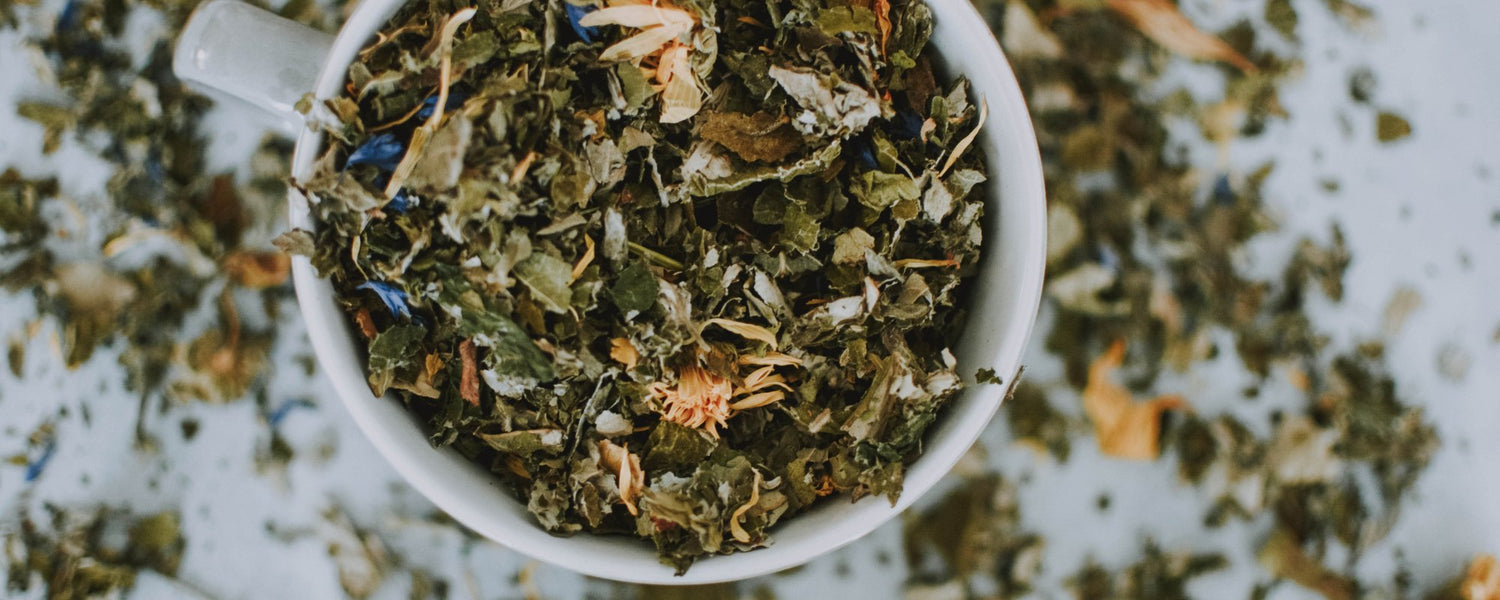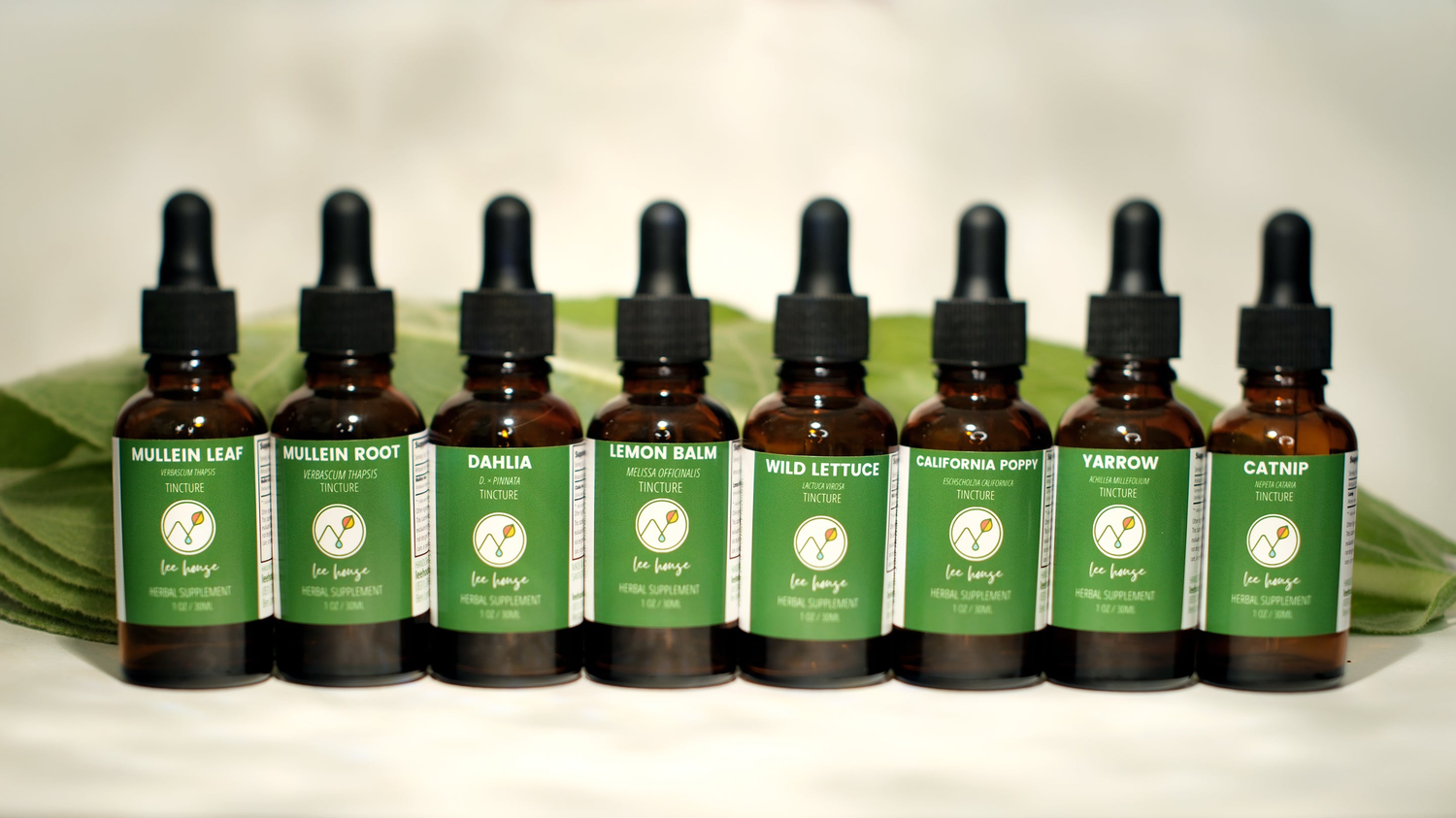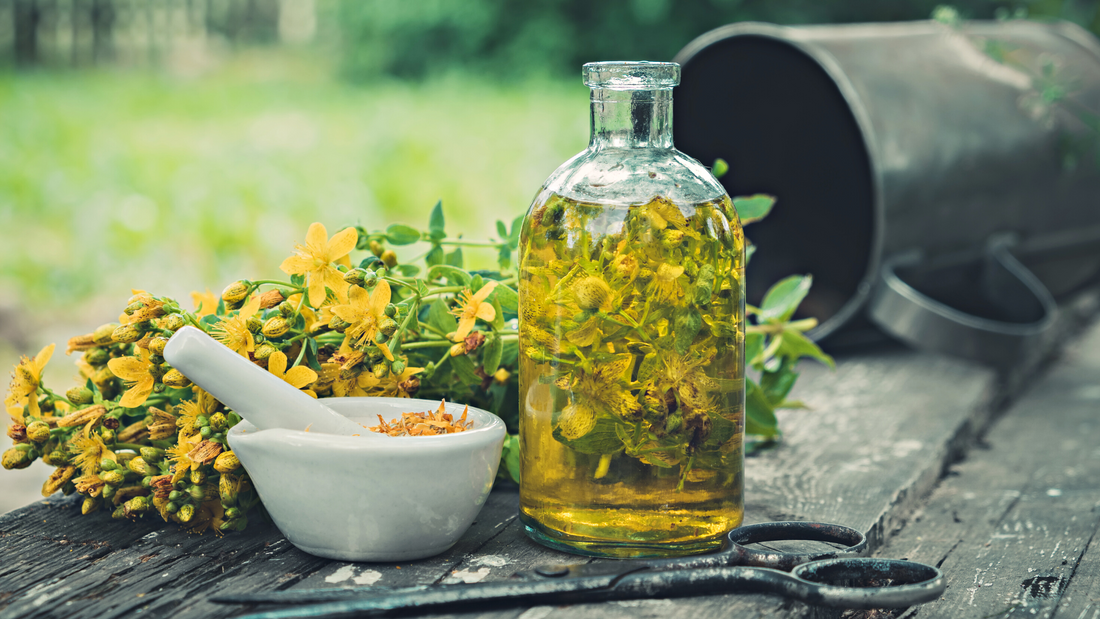
What the Extract?
Share
Tinctures, Glycerites, Elixers, and Oxymels: Understanding the Lingo of Herbal Extracts
If you are new to herbalism and plant medicine to support your health and well-being, the different types of herbal remedies can feel overwhelming.And, if you avoid alcohol, have dietary preferences, or struggle with food allergies, the differences could be critical!
While the art and science of herbal healing and medicine making can take a lifetime to master, we believe EVERYONE should have access to basic knowledge of natural ways to support their well being, if they so choose.
So in the spirit of sharing, here's a breakdown on the basic differences between the most common herbal extracts, based on our experience and personal opinions, to help you make the best choice for you and your loved ones.
What's an Extract?
In simplest terms, tinctures, glycerites, elixirs, and essences are all different forms of extracts. Just like the vanilla extract you bake with!
An extract is, “naturally occurring phytochemicals (plant-produced compounds) that have been removed from the inert structural material of the plant that produced them.” Or, in other words, the active ingredients of a plant removed from the stems, leaves, bark, and/or flowers. The solvent used determines the type of extract - tincture, glycerite, or elixir. Essences are in their own category, as you’ll read, below.
Tinctures
Tinctures are concentrated herbal extracts made by soaking plant matter in alcohol for an extended period of time. The alcohol serves as a solvent, pulling the phyto-chemicals, or active ingredients, from the plant.Te result is a liquid concentrate, or extract, of these active ingredients. Tinctures are (usually) the most potent and fast-acting form of plant medicine. I say usually because some active ingredients are better extracted using water or other processes.Again, the science of extraction is complex, so let’s just leave it at that.
In general, tinctures are safe for all ages. Given that only a small amount of alcohol is consumed when we use a tincture (usually between 20-30 drops), the amount of alcohol consumed is negligible. The taste can be a bit stong from the alcohol process, so many people prefer to drop their tinctures into tea or hot water, which evaporates any remaining alcohol.
Glycerites
A glycerite is an herbal extraction of plants using vegetable glycerin as the solvent to extract herbal constituents. Glyercrites are sweet-tasting and, like tinctures, work quickly. Glycerites are also, usually, vegan, they do not affect blood-sugar levels, nor do they contain gluten. However, they can be less potent.Glycerites are great options for people who must carefully watch what they consume due to allergies or other health concerns, and/or when your remedy needs are more gentle and restorative as opposed to urgent.
Elixirs
What makes an elixir different from tinctures or glycerites is the addition of raw honey or sometimes, raw maple syrup. Elixirs are more like a potion and might contain any or all of the solvents mentioned above,or it may contain apple cider vinegar. Some elixirs contain alcohol, some don’t. Elixirs tend to be more palatable due to the added sweetness.
I personally love elixirs made with honey and alcohol because i feel it makes a more complete extraction and they taste absolutely delicious. We usually serve elixirs by the spoonful as opposed to drops.
Oxymels
Oxymels are an ancient, classic form of herbal extract whose use dates back to Hippocrates. Typically used for respiratory and immune support, oxymels are made with acid and honey - most typically apple cider vinegar and honey. An oxymel is a good choice for an herbal remedy when the plant material is especially strong flavor, bitter, or pungent. The classic Fire Cider, an oxymel cited by Rosemary Gladstar, is an oxymel - a brew of garlic, horseradish, cayenne pepper, and onions steepd with honey in apple cider vinegar.
Oxymels are fabulous digestion remedies and really make a powerful immunity shot. The vinegar/honey combo is especially delicious.
Flower Essences
Flower Essences are completely different than any of the above-listed extracts. A flower essence uses the power of the sun to extract the vibrational resonance and energy of the flower. There is no detectable plant material in a flower essence, rather it is energetic & vibrational qualities - the essence - of the plant.
Essences are usually made with clean water (not tap water) that has soaked up flower energy, strained, and then preserved with alcohol. Generally, you would use a flower essence for emotional/energetic/spiritual healing as opposed to a physical issue or ailment.

So there you have it!
Hopefully, this article helps clear any confusion about the differences between the various types of herbal extracts such as tinctures, glycerites, elixirs, and oxymels.
If you’re still unsure which method is best for you, you’d like to learn more about herbal extracts, or just want to have an herb chat - reach out! We'd love to connect.
With love always,
Leslie @leehouse



